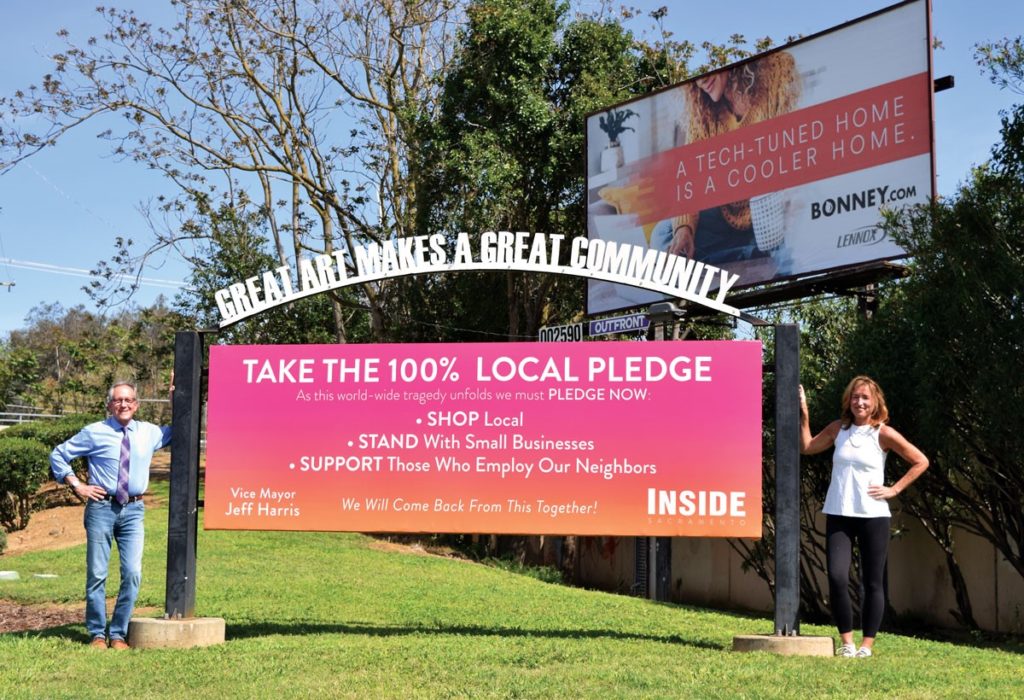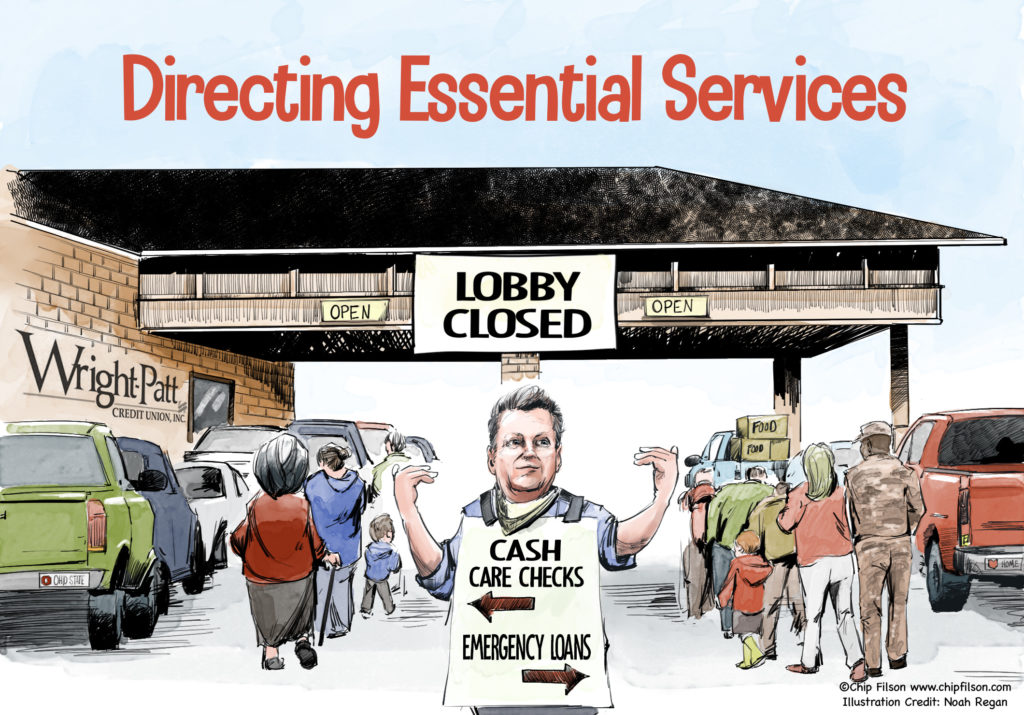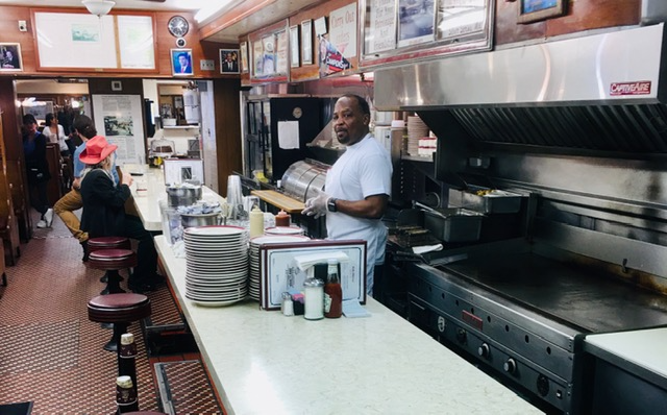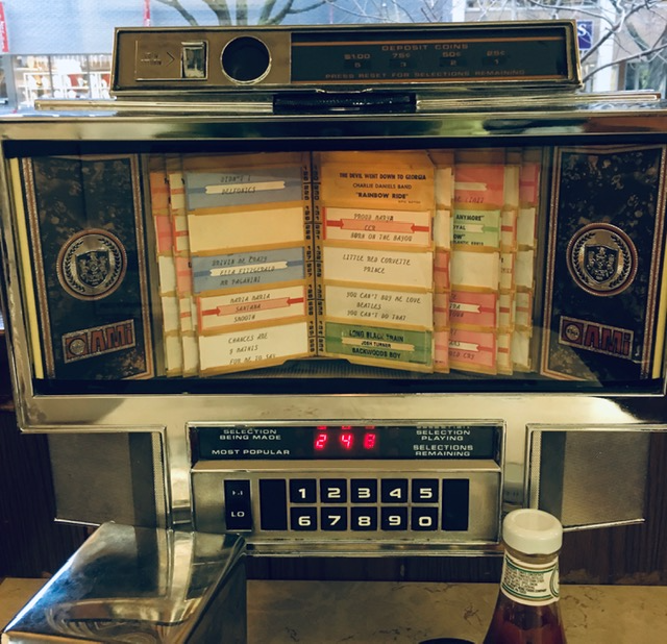In 1978, Sangamo Electric Company announced the closing of its Springfield, IL manufacturing plant and head office to move to Georgia.
The company had its own credit union. I had been Illinois Credit Union Division Supervisor for one year. My dad had worked at the company in the 1950s, so I felt an interest in the situation. The issue: what should happen now to Sangamo Employees Credit Union?
For me, the answer was simple. The sponsor and all its direct support, plus the members’ jobs, no longer existed. The employer-based “common bond” was gone. Therefore, it no longer complied with the state’s chartering requirements . It should be closed.
That was not the view of my boss, Ed Callahan, the Director of the Department of Financial Institutions. His logic was that with the company’s closing, the members needed their credit union more than ever. Their jobs were gone. The credit union would be more vital to their future than before.
He suggested we find a way to modify the charter so that the members, not the company or the regulator, could determine their credit union’s future. And that is what we did .
Regulators and the Current Pandemic
This incident came to mind when a CEO sent me NCUA’s interagency joint announcement: “Examiner Guidance for Assessing Safety and Soundness Considering the Effect of COVID-19 Pandemic on Institutions.”
The purpose of its eleven pages: “to promote consistency and transparency across the agencies, examiners will continue to assign supervisory ratings in accordance with the applicable rating system. . . CAMELS.”
“. . .it is essential that examiners maintain a clear understanding of the financial condition of each institution.” And “. . .examiners will distinguish between problems caused by the institution’s management and those caused by external factors beyond management’s control.”
Why is NCUA Sending this “Guidance”?
The paper appears self-serving, citing circumstances familiar to everyone. It reads more like a warning notice, than “guidance.”
Its bottom line is “we are telling you, be careful.” Is this a prelude to circumventing normal supervisory due process, using the pandemic’s uncertainty as an excuse?
There are three concerns with NCUA’s forwarding this directive to “promote consistency and transparency across agencies.”
- Why did NCUA believe this bank-drafted warning message was even appropriate for credit unions?
Credit unions are different from banks in fundamental ways. Their cooperative design, tax exemption, “common wealth” and reserve/capital options are intentionally unlike privately owned firms created to profit shareholders.
Credit unions fulfill a different purpose, one of which is to be an antidote to the shortcomings of for-profit financial options. The CLF and NCUSIF’s designs incorporate these cooperative differences.
- At this time every other arm of government including Congress, Treasury, the IRS, SBA and even the FED are crossing all their traditional “red lines.” Why is NCUA joining bank regulators to announce “business as usual” contrary to the activities of every other government entity?
- This “examiner guidance” makes no mention of the special credit union role in times of economic distress. Every day credit unions are waiving fees, lowering rates, providing forbearance and other special accommodations for members. These actions reduce a credit union’s “normal camel ratio ” outcomes. That is what coops are supposed to do with their members’ collective savings.
A current example is how 15 Vermont credit unions have provided $385 million in member relief, so far. Isn’t this the special “guidance” NCUA should be highlighting?
Rising Above Rules
While hitching NCUA’s wagon to other regulators may seem to enhance NCUA’s image, it diminishes credit unions’.
Credit unions were well positioned financially entering this crisis. The cooperative regulator is most effective when knowing how to see beyond the letter of the law and support the spirit of the movement. That is the Sangamo lesson Ed Callahan helped me to see.
This instinct to put members first lives in most credit unions. In this time, shouldn’t NCUA’s “examiner guidance” be to promote this essential mission? And even co-develop special programs with the industry to help members recover financially?











